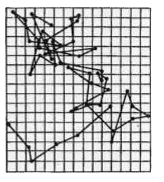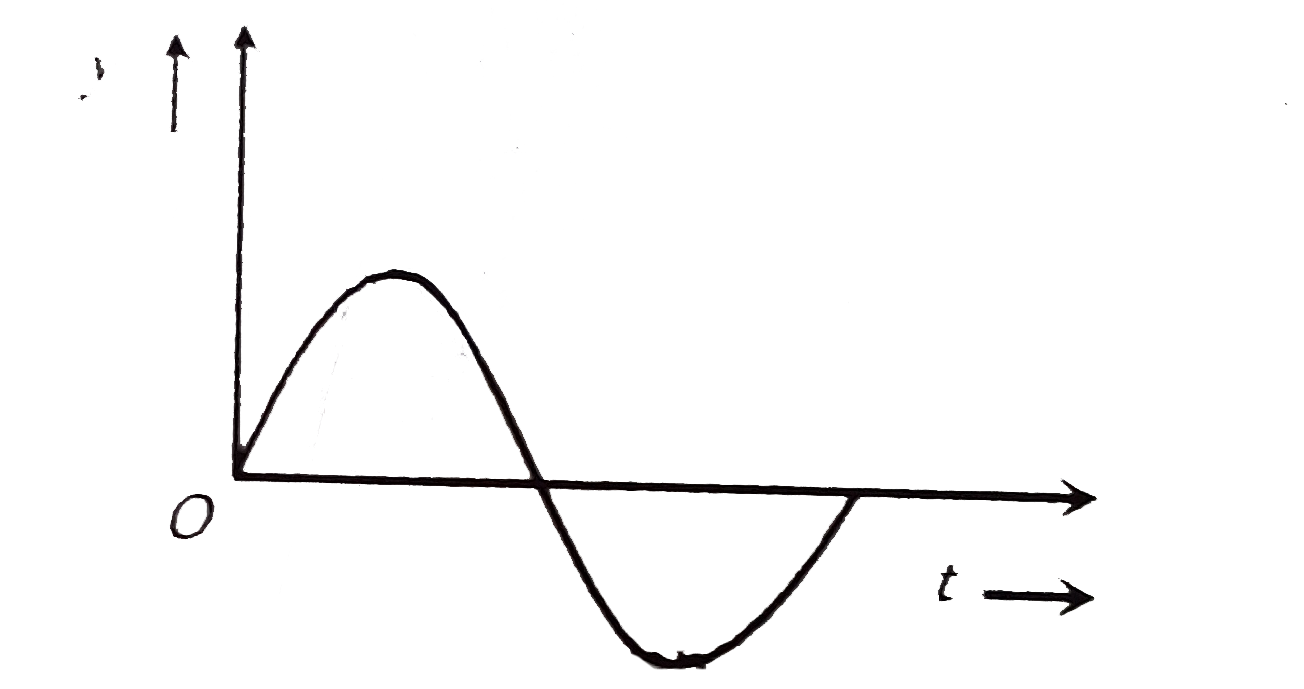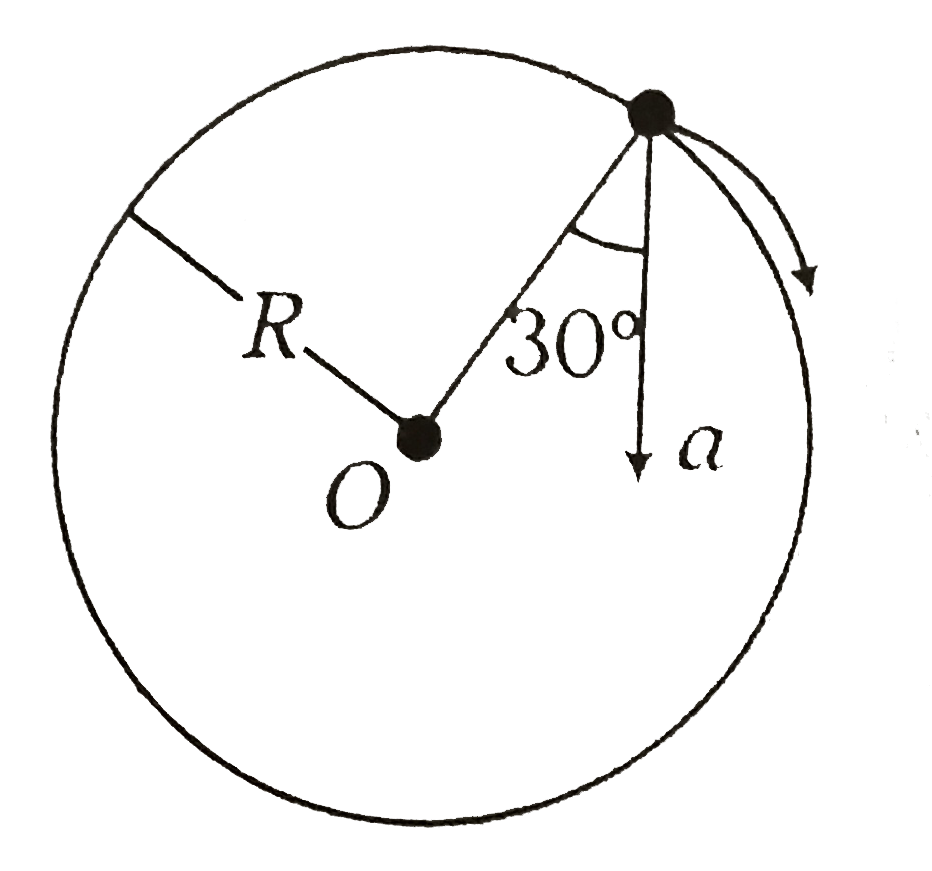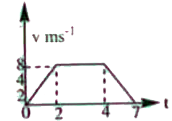Figure shows the results of a series of observations of a migrating Brownian particle. The observations were made at intervals of 30 s, the temperature of water was 25∘C, the radius of a Brownian particle is 4.4×10−7m. Measuring the "steps" of the particle in the scale specified, find the square of the r.m.s. displacement for a given time, and calculate the Boltzmann constant and the Avogadro number. The scale is as follows: 1 mm on the graph corresponds to a i displacement of 1.25μm.

Consider 10 successive steps starting with the lower left. Measure their lengths in millimetres as accurately as possible and transform them to scale into actual dimensions (see Table).

Hence the square of the r.m.s displacement is Δ2=1.04×10−9m2. Substituting Δ2andt=300s. into Einstein.s formula we obtain
kπηrΔ2Tt=π×8.9×10−4×4.4×10−7×1.04×10−9300×300=5.9×1026k mole−1.
We would advise the reader to carry out similar calculations using other parts of the graph and to assess the inherent error in the method.
Similar Questions
Knowledge Check
- Question 1 - Select One
In brownian motion , the paths of the particles are :
AlinearBcurvedCzig- zagDuncertain - Question 2 - Select One
The displacement of a particle in S.H.M. in one time period is
AAB2AC4ADZero - Question 3 - Select One
In brownian motion , the paths of the particles are :
ALinearBZig-zagCUncertainDCurved
A particle moves in a straight line with constant speed of 4m/s for 2s, then with 6m/s for 3s. Find the average speed of the particle in the given time interval.
View SolutionA particle moves in a straight line with constant speed of 4m/s for 2s, then with 6m/s for 3s. Find the average speed of the particle in the given time interval.
View SolutionThe displacement of a particle is s=(a+bt)6, where a and b are constants. Find acceleration of the particle as a function of time.
View SolutionThe displacement time graph of a particle executing S.H.M. is as shown in the figure
The corresponding force-time graph of the particle is View Solution
View SolutionIn the given figure, a=15m/s2 represents the total acceleration of a particle moving in the clockwise dirction in a circle of radius R=2.5m at a given instant of time. The speed of the particle is
 View Solution
View Solution


